Vietnam: The emergency power supply at the nuclear power plant must be capable of supplying the necessary power in accident conditions
Recently, the Ministry of Science and Technology of Vietnam has issued Circular No. 30/2012/TT-BKHCN on the regulations on nuclear safety applicable to the designs of nuclear power plants.
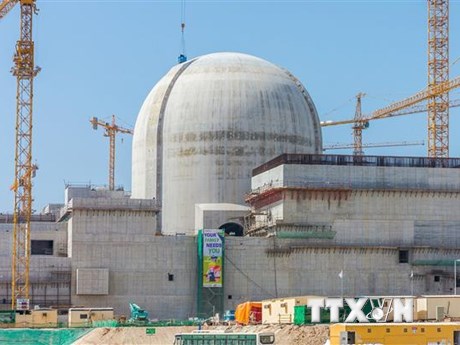
According to Article 54 of Circular No. 30/2012/TT-BKHCN of the Ministry of Science and Technology of Vietnam: “The emergency power supply at the nuclear power plant must be capable of supplying the necessary power in abnormal operation and accident conditions that cause the loss of off-site power. The design basis for the emergency power supply at the nuclear power plant shall take due account of the postulated events and the associated safety functions to determine the requirements for capability, availability, required duration of the power supply, capacity and continuity. The combination of emergency power supply sources such as water, steam or gas turbines, diesel engines or batteries, must be reliable and conformable with the requirements for power supply of safety systems; the design must facilitate the testing of the system functions.”.
Concurrently, the design of diesel engines and generators that provide emergency power supply for items important to safety must satisfy the following requirements:
- The capability of fuel oil storage and supply systems must satisfy the demand within a specified period of time;
- The generators are able to start and function under any condition and at any time;
- Auxiliary systems of the generators such as cooling systems must be provided.
Besides, according to Article 55 of Circular No. 30/2012/TT-BKHCN, the design of supporting systems and auxiliary systems must ensure that the performance of these systems is consistent with the importance to safety of the systems or components that they serve. The systems and components of the nuclear power plant that operate all the time (even in accident conditions) must be provided with auxiliary systems to remove heat. The auxiliary parts of the heat transport system must be isolated.
View details at Circular No. 30/2012/TT-BKHCN of the Ministry of Science and Technology of Vietnam, effective from February 11, 2013.
Le Vy
- Key word:
- Circular No. 30/2012/TT-BKHCN
- Number of deputy directors of departments in Vietnam in accordance with Decree 45/2025/ND-CP
- Cases ineligible for pardon in Vietnam in 2025
- Decree 50/2025 amending Decree 151/2017 on the management of public assets in Vietnam
- Circular 07/2025 amending Circular 02/2022 on the Law on Environmental Protection in Vietnam
- Adjustment to the organizational structure of the Ministry of Health of Vietnam: Certain agencies are no longer listed in the organizational structure
- Vietnam aims to welcome 22-23 million international tourists in Vietnam in 2025
-
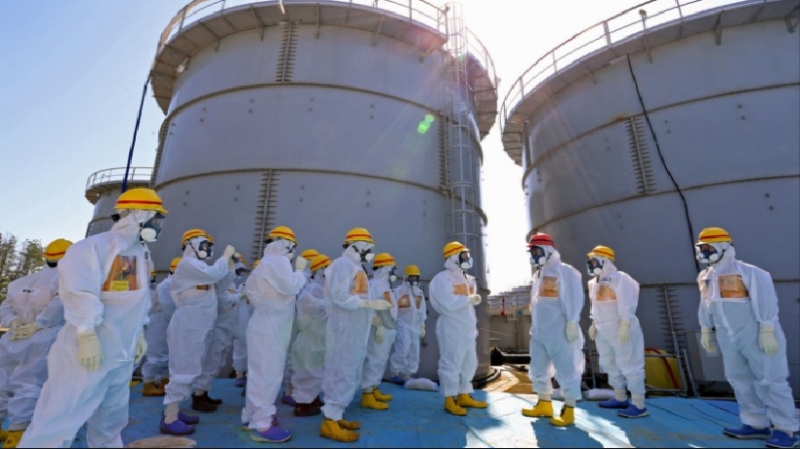
- Means of radiation monitoring in nuclear power ...
- 15:45, 02/01/2013
-
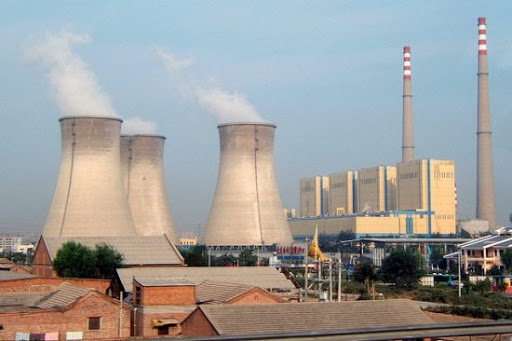
- Vietnam: Technical measures shall be taken to ...
- 15:35, 02/01/2013
-
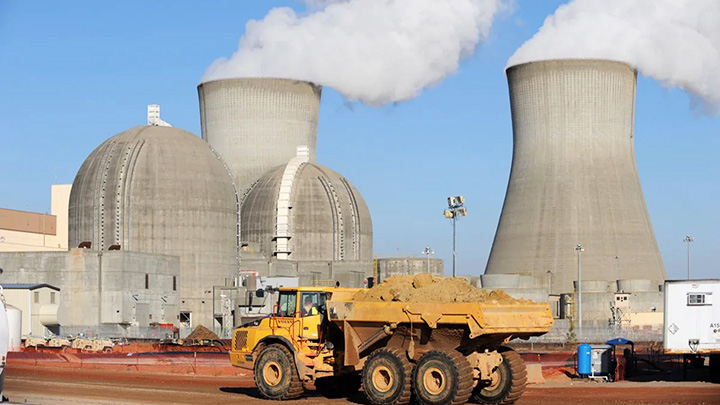
- Vietnam: The systems of handling fuel of nuclear ...
- 15:30, 02/01/2013
-
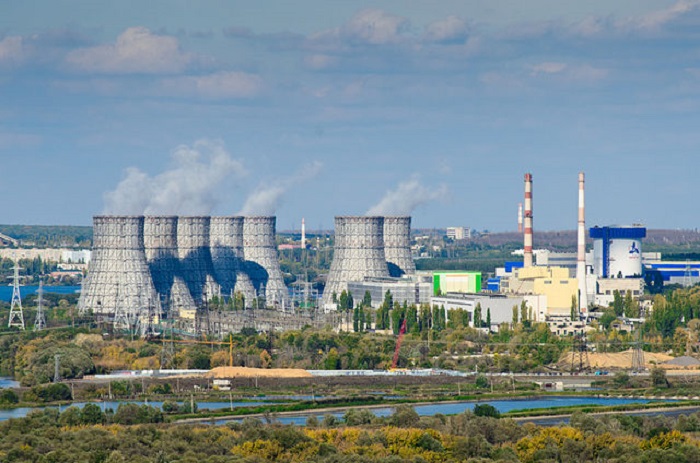
- Vietnam: Turbine generators must be designed to ...
- 15:00, 02/01/2013
-
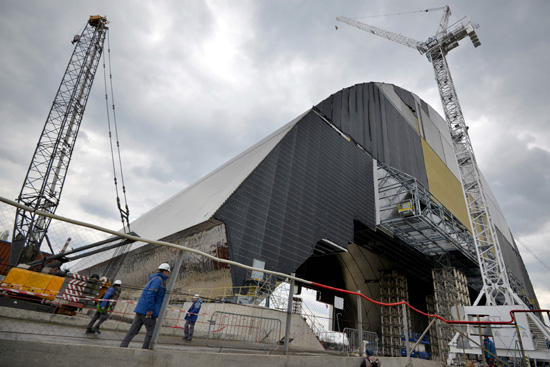
- 05 features of overhead lifting equipment at nuclear ...
- 14:55, 02/01/2013
-

- Notable new policies of Vietnam effective as of ...
- 16:26, 11/04/2025
-
.Medium.png)
- Notable documents of Vietnam in the previous week ...
- 16:21, 11/04/2025
-
.Medium.png)
- Notable documents of Vietnam in the previous week ...
- 16:11, 02/04/2025
-
.Medium.png)
- Notable new policies of Vietnam to be effective ...
- 16:04, 02/04/2025
-
.Medium.png)
- Notable new policies of Vietnam effective from ...
- 14:51, 21/03/2025
 Article table of contents
Article table of contents
